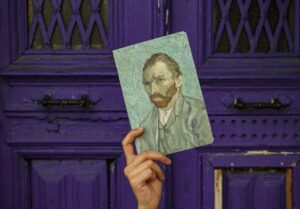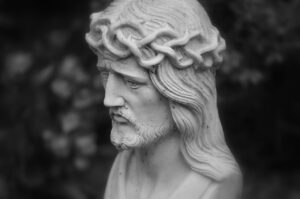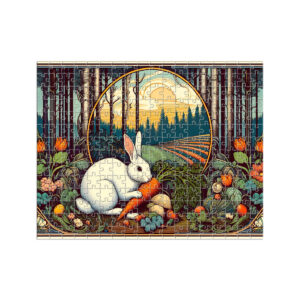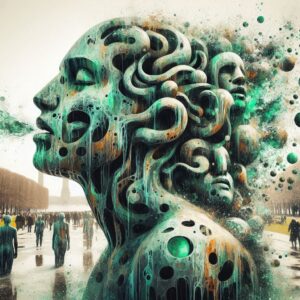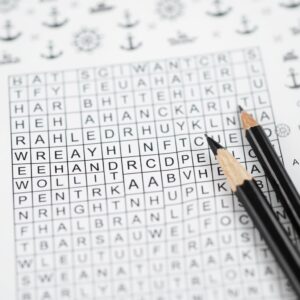
Explore & Play
Discover interesting topics and solve the accompanying crossword puzzle.
Headwear Crossword | Iconic Headgear Around the World
Table of Contents
At the beginning of this blog post, you have the opportunity to challenge yourself with the Headwear crossword. If you are already familiar with headgear and want to test your knowledge, feel free to dive into the crossword first. However, if you’re not as familiar with this topic, we recommend reading through the article first to learn more about the fascinating world of headwear before returning to the crossword to see how much you’ve learned.
Headwear Crossword
You can either fill in the crossword puzzle directly on this page or click the button in the bottom right corner to print it for free.
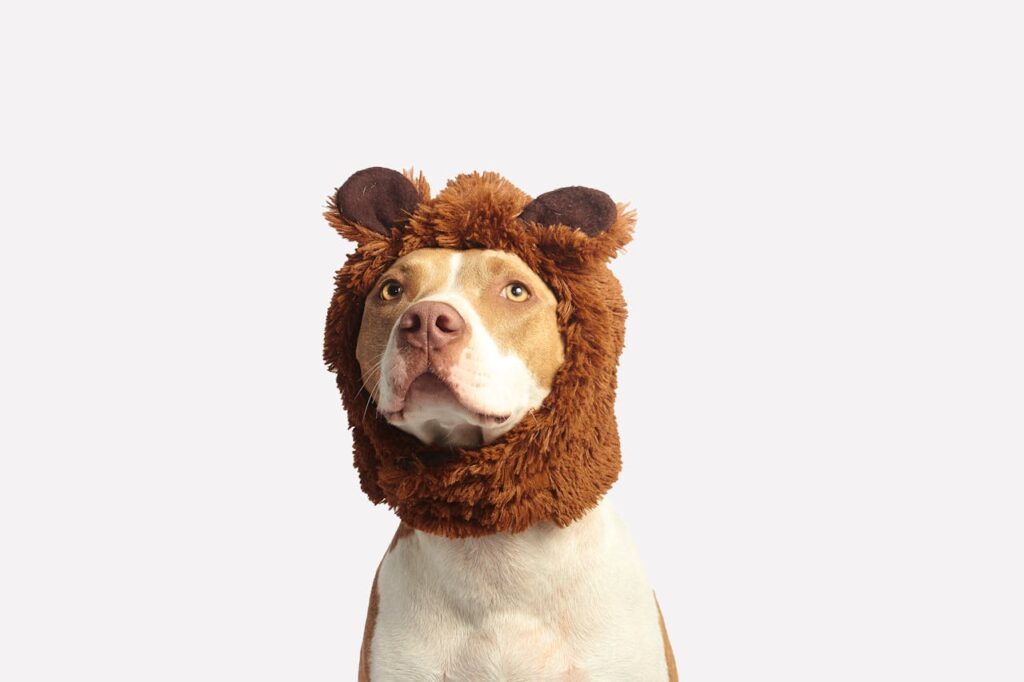
Iconic Headwear Styles from Around the World
Headwear is not just a practical accessory; it is an iconic symbol of identity, status, and tradition in cultures worldwide. From ancient crowns to modern-day fashion pieces, hats and headgear have always played a vital role in society. Whether as a mark of royalty, a symbol of protection, or a fashion statement, headwear is an important part of our daily lives. In this article, we will explore iconic headwear styles from different cultures, periods, and practices, tracing the evolution of how hats, caps, helmets, and other forms of headgear have shaped our world.
Interestingly, we’ll also touch upon a headwear crossword puzzle we’ve created, showcasing various iconic types of headgear from around the globe. This fun activity is a great way to engage with the diversity of headwear and its impact on culture and fashion.
1. The Evolution of Headwear: From Ancient Civilizations to Modern Fashion
Throughout history, headwear has evolved from essential protection to a major element of style, making its mark in cultures across the globe. The role of headgear was first and foremost practical — protecting the head from the elements, providing shade from the sun, or shielding warriors in battle. However, over time, it became an important status symbol, signaling wealth, power, or religious belief.
Ancient Civilizations: Crowns, Helmets, and Wreaths
In ancient civilizations, headgear was often used to signify power and position. For example, in ancient Egypt, pharaohs wore elaborate crowns such as the nemes headdress, made from linen and adorned with gold, symbolizing their rule. In Ancient Greece and Rome, laurel wreaths were worn by emperors and victors in the Olympics, representing honor and achievement.
Middle Ages: Crowns and Ceremonial Headdresses
During the Middle Ages, headwear became even more ceremonial. Kings and queens adorned themselves with crowns, often set with precious stones, as a symbol of divine right to rule. In contrast, knights wore helmets like the shako, designed not only for protection in battle but also to denote their rank in the military hierarchy.
Renaissance and Enlightenment: Wigs and Top Hats
By the Renaissance, headwear shifted from merely practical to fashion-forward. Nobles and royalty wore lavish wigs, often powdered white or gray, to demonstrate their status and cleanliness. The top hat, popularized in the 19th century, became synonymous with wealth and high society, often paired with tailcoats and formal attire.
2. Traditional Headwear: Cultural and Religious Significance
In many cultures, headwear serves more than just a practical function; it carries deep cultural and religious meaning. Across the globe, specific types of headgear are closely tied to the beliefs, values, and customs of the people who wear them.
Turban: A Symbol of Faith and Identity
The turban is worn by millions of people in countries like India, Pakistan, and Afghanistan. For Sikhs, the turban is a symbol of honor, self-respect, and spirituality. It is a part of their identity, representing a commitment to equality, justice, and freedom.
Hijab: Modesty and Religion
The hijab is a religious and cultural garment worn by Muslim women as an expression of modesty. It covers the head and neck, leaving the face exposed, and is worn in accordance with Islamic teachings. For many, it is not just about the physical covering, but about the spiritual connection and respect for their faith.
Kippa: Faith and Reverence
The kippa, also known as a yarmulke, is worn by Jewish men as a sign of respect and reverence to God. It is a simple head covering, often made of cloth or knitted material, and is worn during prayers, meals, or when in the presence of sacred spaces.
Sombrero: A Cultural Staple
The sombrero, most commonly associated with Mexico, is a wide-brimmed hat designed to protect against the harsh sun. Beyond its practical purpose, it has become a symbol of Mexican heritage, often worn during cultural events such as festivals, parades, and traditional dances.
Fez: Symbol of the Ottoman Empire
The fez, a small, cylindrical hat made from red felt, originated in the Ottoman Empire. Although it is no longer commonly worn in most of the Middle East, the fez is still a cultural symbol of the region, representing a link to a bygone era.
3. Headwear for Protection: Essential Gear for Safety and Sports
Headgear is not just for style—throughout history, it has been an essential tool for safety and protection in various fields, from battlefields to sports arenas. Whether it’s a soldier’s helmet or a cyclist’s protective gear, headwear continues to play a crucial role in safeguarding individuals in high-risk environments.
Helmet: Essential for Safety
The helmet is one of the most essential protective gear items, worn in a variety of activities ranging from construction work to sports. Military helmets, such as those worn by soldiers in battle, and sports helmets like those used in football and hockey, are designed to protect the head from injuries during high-impact activities.
Hardhat: Industrial Safety
The hardhat, primarily used in construction and industrial environments, is designed to protect workers from falling debris, electrical hazards, and other dangers. Made from durable materials like fiberglass or plastic, the hardhat has become a ubiquitous symbol of safety in the workplace.
Beanie: Protection Against the Cold
The beanie, a knitted cap commonly worn in colder climates, is designed to keep the head warm during winter activities. Popular among snowboarders and skiers, the beanie serves a practical purpose while also providing an avenue for individual style.
Visor: Protecting Eyes in Sports
The visor, a hat with a brim but no top, is typically used in sports like baseball and golf to shield the eyes from the sun. It allows for better visibility and focus, especially in outdoor sports where the sun can be a significant hindrance.
Shako: Military Headgear
The shako, a high military hat worn by soldiers in the 19th century, was designed to provide both protection and a ceremonial look. Often made from felt or metal, it became an iconic part of military regalia, especially in European armies.
4. Fashionable Headwear: From Catwalks to Everyday Wear
Headwear has moved from purely functional to high-fashion, with iconic styles gracing runways and streets alike. From the fedora to the beret, headgear has become a key component of personal style, elevating outfits and making bold statements.
Fedora: A Timeless Classic
The fedora is perhaps the most iconic hat in fashion history, known for its wide brim and soft felt material. Popularized by Hollywood actors like Humphrey Bogart, it became synonymous with sophistication and mystery, often associated with detectives and private investigators in classic films.
Bowler: Victorian Elegance
The bowler hat, a rounded, stiff hat, was once a symbol of the Victorian upper class. It was widely worn in the late 19th and early 20th centuries, especially by bankers and other professionals. Today, it remains a staple in both formal and vintage-inspired fashion.
Beret: French Chic
The beret, a soft, round hat associated with French culture, is a symbol of bohemian and artistic flair. Worn by soldiers, artists, and intellectuals, the beret became a symbol of nonconformity and chic sophistication.
Trilby: A Smaller Fedora
The trilby is a smaller version of the fedora, with a narrower brim. It became popular in the early 20th century and is often associated with jazz musicians and the swing era, maintaining its place as a stylish accessory in modern fashion.
Top Hat: Luxury and Class
The top hat is perhaps one of the most elegant and sophisticated forms of headwear. Often associated with formal attire and high society, it is most famously worn by figures like Abraham Lincoln and Charles Dickens.
Cloche: 1920s Glamour
The cloche hat is a bell-shaped hat that was a hallmark of 1920s fashion, particularly for flapper girls. Worn low over the eyes, it symbolized the carefree spirit of the Jazz Age and became a defining feature of women’s fashion in the Roaring Twenties.
Fascinator: Modern Glamour
The fascinator, a small, ornamental headpiece often adorned with feathers, beads, and flowers, is a popular accessory for formal events like weddings and horse races. It’s typically worn at an angle and serves as a statement piece.
5. Headwear Around the World: A Global Perspective
From the bustling markets of Morocco to the streets of New York, headwear reflects the diversity and unique traditions of every culture. Headgear has always been deeply intertwined with the identity of nations and communities.
Cowboy Hat: Symbol of the American West
The cowboy hat is one of the most recognizable headgear styles in the world. Worn by cowboys, ranchers, and farmers across the United States, this wide-brimmed hat became a symbol of the American frontier. It’s now an iconic piece of Western culture.
Panama Hat: Timeless Elegance
The Panama hat, though originating in Ecuador, has become internationally recognized as a symbol of summer elegance. Made from the toquilla straw, this lightweight, breathable hat is perfect for sunny climates and has become a staple of resort fashion.
Fez: Traditional and Cultural Significance
The fez is a traditional hat worn in many parts of North Africa, the Middle East, and Central Asia. The red, cylindrical hat, often worn with a tassel, is associated with the Ottoman Empire and holds significant cultural and historical meaning.
Embrace the Headwear Tradition: The Crossword Puzzle
Explore the fascinating world of iconic headgear by challenging yourself with our headwear crossword puzzle! Test your knowledge of headgear from various cultures, from ceremonial crowns to fashionable fedoras.
By participating in this fun activity, you’ll deepen your understanding of headwear’s cultural significance and historical importance while also enjoying a brain-teasing challenge.
Play the crossword puzzle now and discover the iconic headwear that has shaped our world for centuries!
Share to...
I hope you enjoy the content.
Want to receive our daily crossword puzzle or article? Subscribe!
You may also be interested in
Share to…
Want to receive our daily crossword puzzle?
-
Jigsaw Puzzles
Art Nouveau Puzzle – White Rabbit in a Whimsical Garden 250 | 300 | 500 Pieces
kr 348,00 – kr 439,00 Select options This product has multiple variants. The options may be chosen on the product page -
Jigsaw Puzzles
Vigeland Park Fantasy Puzzle 250 | 300 | 500 Pieces
kr 348,00 – kr 439,00 Select options This product has multiple variants. The options may be chosen on the product page -
Jigsaw Puzzles
Autumn Whiskers and Pumpkin Paws Puzzle 250 | 300 | 500 Pieces
kr 348,00 – kr 439,00 Select options This product has multiple variants. The options may be chosen on the product page







